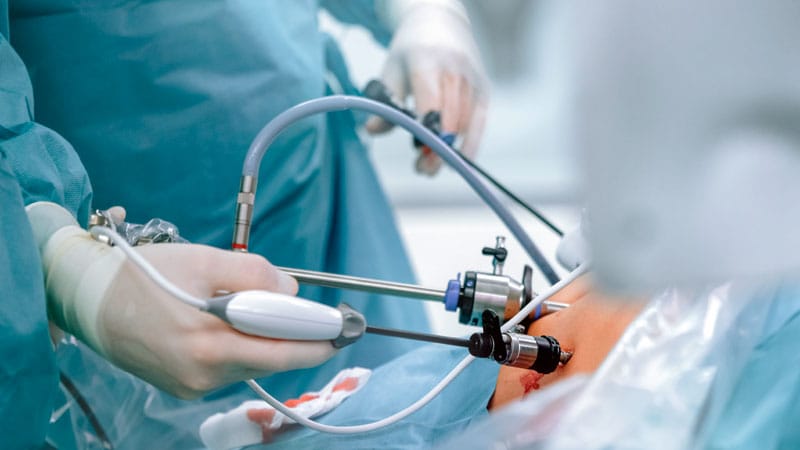Tech
Advances in Robotic Surgery Are Changing Hysterectomy

GUADALAJARA, Mexico — Robotic surgery has changed clinicians’ approach to patients for whom hysterectomy is considered, said Dr Carlos Alcivia Smith at the XXXI International Congress of Gynecology and Obstetrics.
According to the gynecologist, endoscopist, and robotic surgeon, this natural evolution has changed the surgical technique to make incisions smaller and less invasive over time. In addition, the development of instruments has allowed for more “elegant” surgeries.
The operating room has also been transformed from a laparoscopic one to a “spacious robotic operating room, big enough to accommodate three carts: The surgeon’s cart or the control cart, where basically the surgeon operates through the controls; the patient’s cart; and the robot’s cart, which is a tower where all the intelligence center is located,” explained Alcivia Smith.
Some of the challenges of conventional laparoscopic surgery are the 2-D images, hand-eye coordination difficulty, amplification of physiological tremors, a steep learning curve, and limited articulated movements, he added.
“No matter how skilled a surgeon is, obviously tremors or fatigue take a toll on them. There are some very interesting estimates that robotic surgery extends the surgeon’s career by up to 12 years,” he said.
In 1998, the first robotic surgery was performed on a human being. In 2000, the first gynecologic robotic surgery (a tubal anastomosis) was carried out, and in 2002, the first robot-assisted hysterectomy was performed.
“Since 2011, we have known that hysterectomy should be a minimally invasive surgical practice. Open surgery applied to hysterectomy should start to disappear because endoscopic surgery offers great advantages in terms of recovery, bleeding, complications, etc,” said Alcivia Smith. Laparoscopic technique has become the gold standard, and the open technique is decreasingly common.
“Since robotic surgery began to be used in these types of procedures, the trend of use is increasing, and it is currently the standard technique in the United States for surgical approach in benign gynecologic pathology,” said Alcivia Smith, who is certified in gynecologic robotic surgery in the United States.
Alcivia Smith presented data that reflect the current status of global robotic surgery data. More than 14 million surgeries have been performed with the Da Vinci system to date. More than 8600 systems have been installed, and more than 76,000 surgeons have been trained on this platform.
“In Mexico, we have treated 15,400 patients with the Da Vinci system or platform since 2012. Twenty-seven hospitals have robotic surgery programs, and we have 31 national proctors [ie, certified surgeons in robotic surgery who have completed the required number of cases]. The metropolitan areas of Guadalajara, Mexico City, and Monterrey have the highest number of programs and cases,” said Alcivia Smith.
Hysterectomy, like any surgery, always starts before anyone enters the operating room. It starts when the patient arrives for consultation. The procedure requires a “quite pronounced Trendelenburg position,” the handling of high intra-abdominal pressures at a 15-mmHg entry, the use of hot solutions, and the application of the Enhanced Recovery After Surgery protocol, among other things.
Alcivia Smith mentioned each of the steps that must be considered during the procedure. “First of all, port verification, you must ensure that you have not damaged any hypogastric artery. We always start with salpingectomy, then cutting and opening the round ligaments, the utero-ovarian and infundibulopelvic ligaments, opening the broad ligament leaves, arterizing the uterine arteries, developing the vesicouterine space, uterine artery ligature, colpotomy, surgical piece extraction, and then colporrhaphy.”
Alcivia Smith concluded by pointing out that robotic surgery is a powerful area of endoscopic surgery that is experiencing exponential growth. “The ergonomics of the instruments and their intuitive and user-friendly interface are valuable tools for the surgeon. The versatility of the tools allows for the performance of surgically difficult or exhaustive tasks.”
Alcivia Smith disclosed no relevant financial relationships.
This story was translated from the Medscape Spanish edition using several editorial tools, including AI, as part of the process. Human editors reviewed this content before publication.










